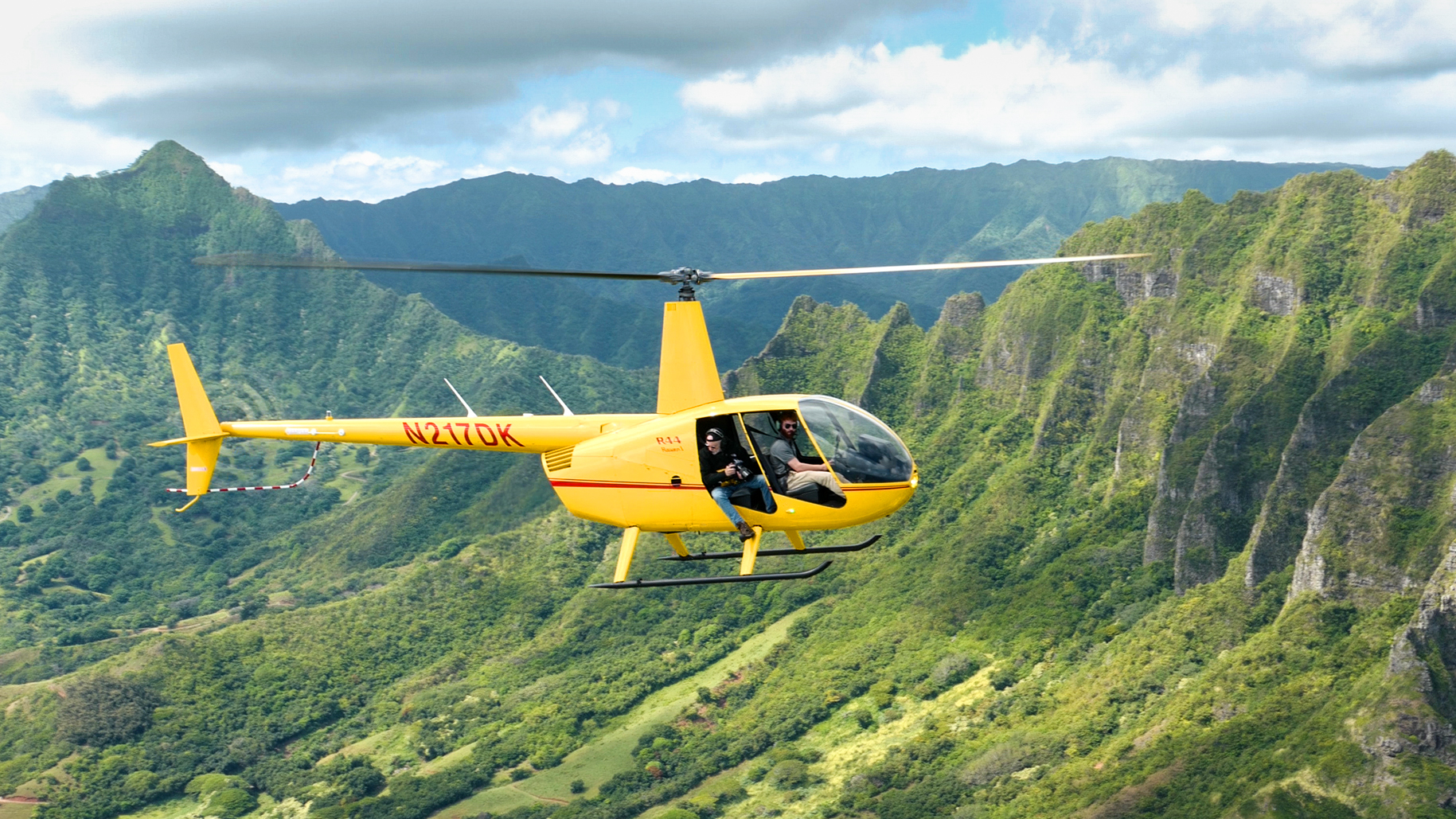
As photographers, we’re always keen to find new perspectives on familiar subjects. American photographer Donn Delson is known for offering viewers a unique take – his typical workday involves being strapped into a ‘doors off’ helicopter and flying at heights of up to 12,000ft above to capture the world from a bird’s eye view. The absence of doors allows him to lean out and shoot scenes that inspire him from above without optical distortions, reflections and limited perspectives.
During his visit to London for his exhibition ‘Visions Unbound: A Photographic Journey Through American Eyes’ at Cromwell Place, Digital Photographer had the opportunity to observe Delson in action. Before the helicopter ride, he emphasised that the experience is still just as exhilarating for him as it is for us first-timers, as catching a glimpse of the world’s beauty from above is extraordinary each time. Thankfully, the London weather was clear so we could enjoy the spectacular views.
Once in the air, Delson discussed his approach, explaining how he looks for symmetric patterns and textures that evoke a profound sense of balance, harmony and peace. It was deafening in the helicopter, but he was happy to answer our questions once we were safely back on the ground.
Interview
Hey Donn, when did you realise that aerial photography was your thing?
I’ve been a photographer since I was ten years old in grade school and started shooting with my first brownie camera. Then, in high school, I shot sports pictures for the football and basketball teams. Later, when I got married, my focus shifted to my family and building up our businesses. The only pictures I took during that period were those of family, special occasions and vacation travel. However, jump forward 51 years and, when I sold and retired from my last company, I was finally able to pursue my passion for creative photography.
In 2015, when my wife and I traveled to Queenstown, New Zealand, we took a helicopter flight to see a glacier. At one point in the flight over the Remarkable Mountains on the South Island, the pilot offered me the opportunity to open the door and shoot directly out. That literally opened up a whole new world of possibilities, and as soon as I returned to LA, I began researching ‘doors off’ helicopter charters. Since then, my efforts have primarily been focused on creating limited-edition, large-scale aerial fine art and I have had the good fortune to have my work exhibited and collected internationally.

You mentioned that taking photographs from a helicopter while being 2,000ft in the air holds a romantic appeal for you. Could you explain what makes the whole experience so special?
Actually, while my average altitude is probably 2,000 to 3,000ft (600-900m), I’ve flown to heights in excess of 12,000 feet (3,500m) over places like the Bahamas, Mount Etna in Sicily, and Mauna Loa in Hawaii.
I think the origin of my attraction to aerial photography may have come from when I was in high school and read a book by T.H. White called The Once and Future King. It’s the story of the serf, Wart, who pulled the sword from the stone and was named King Arthur.
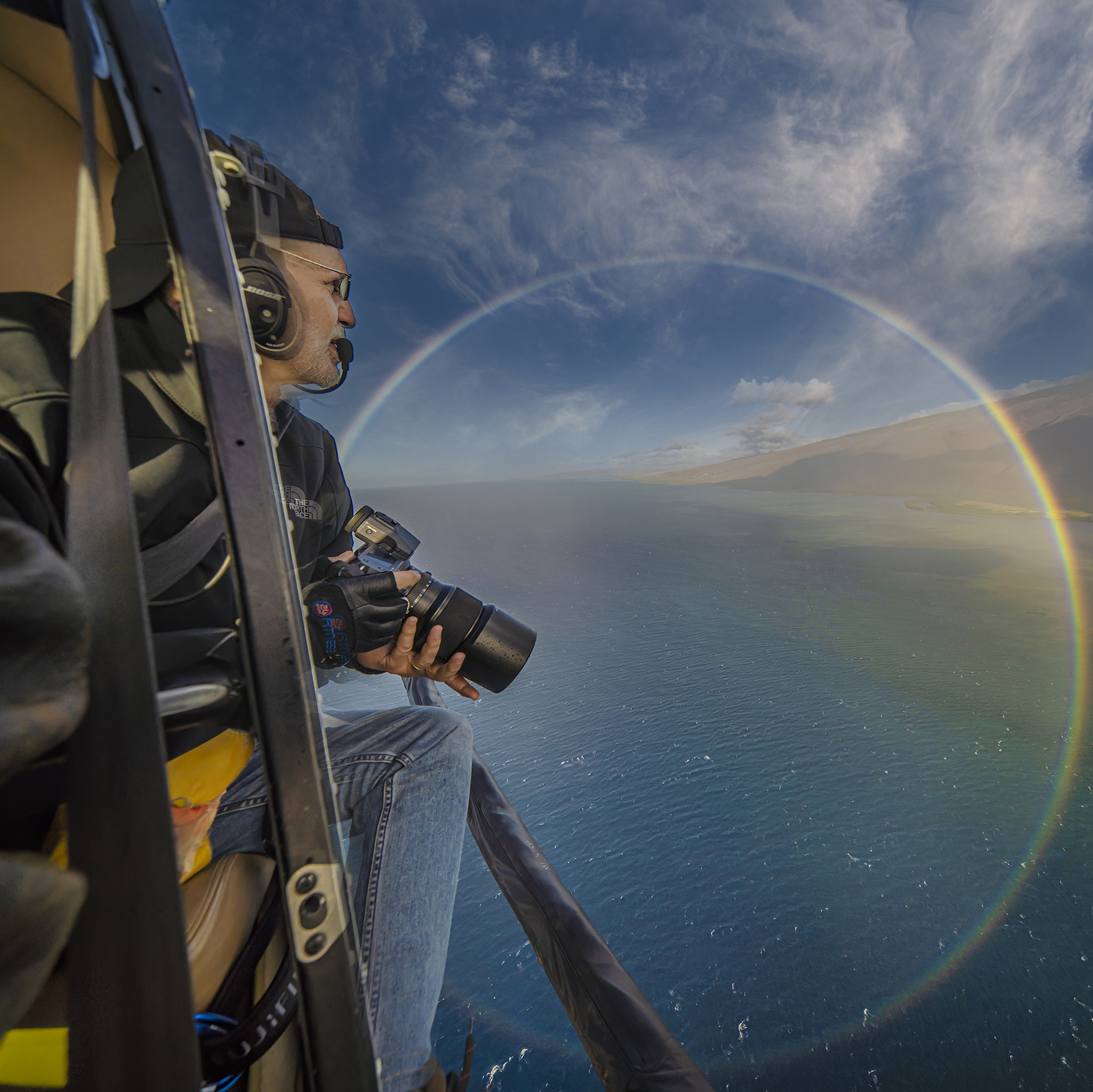
Merlin, the magician, was responsible for teaching Arthur about the ways of the world so that he would be a wise and benevolent ruler. He turned Arthur into various creatures so that he could experience the world from different perspectives. One such creature was a goose, which enabled him to fly above the world with no man-made or natural encumbrances, such as fences, borders, mountains, rivers or oceans. I was struck by the beauty of what that sight would have looked like as he became aware that the world he flew above was really one Earth. That romantic sense of oneness resonated with me. Little did I know that almost 60 years later, I would be drawn to experience a similar perspective from a doorless helicopter and be fortunate to be able to share that with others.
I’m also intrigued by the concept of appearance versus reality. At 75, I appreciate much more how one’s perspective can change everything. From above, things on the ground often take on an entirely new look from what they are in reality. I give many of the pieces whimsical titles for what they appear to be.
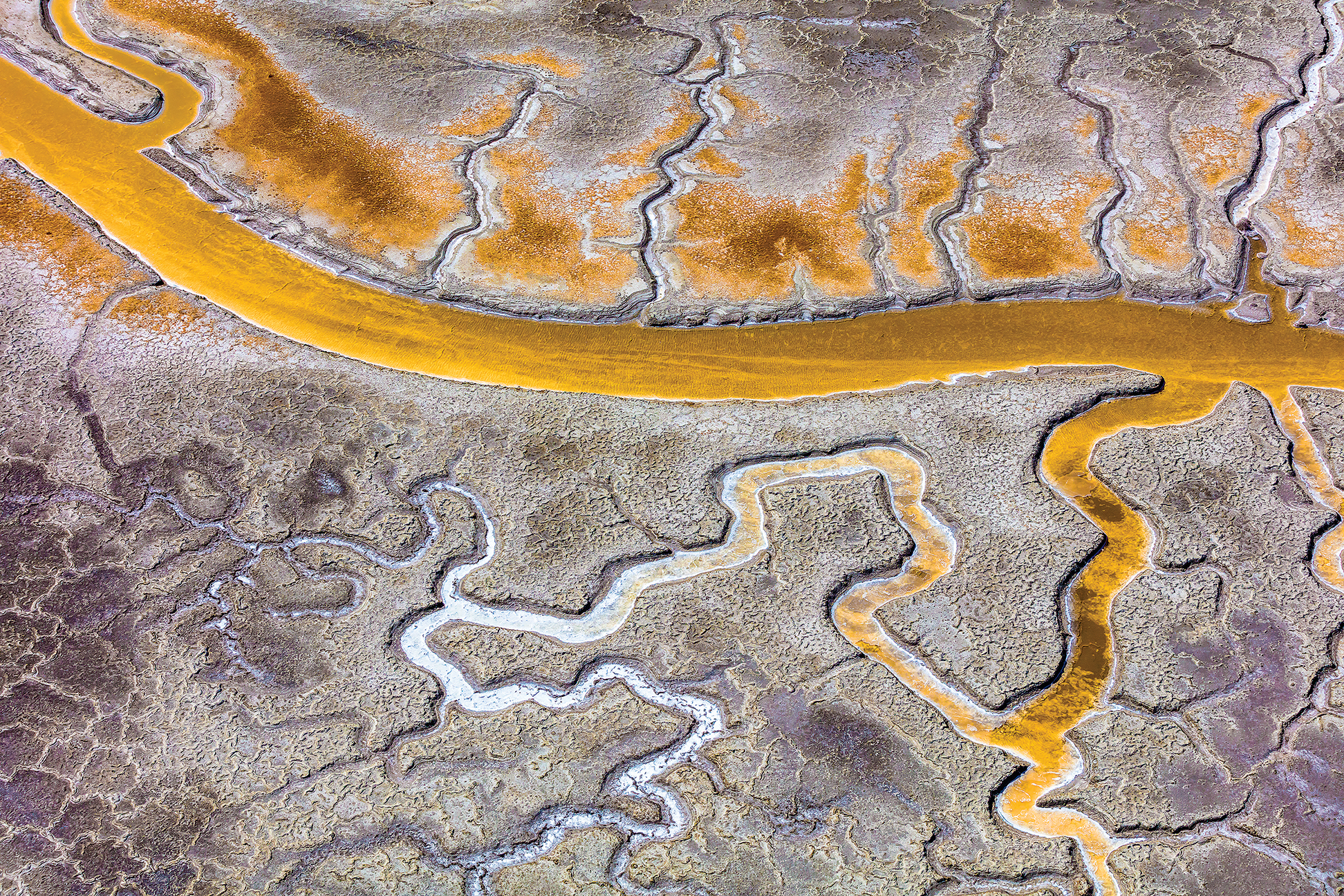
You say you have spent approximately 300 hours flying above the ground. Is there one particular helicopter ride that is especially memorable for you?
There have been many memorable flights. Most of my images have stories associated with them that arise from serendipitous, unplanned sightings. An example would be when I flew over central Amsterdam and noticed, from about 3,000ft above, an area where literally hundreds of bikes were parked in horizontal rows. As I prepared to shoot straight down on the bikes, I noticed a woman walking her bike along one of the rows and worked quickly to capture the image. It wasn’t until I was at home in my studio and able to blow up the image on my computer that I noticed the nice detail of her looking at her cell phone as she walked her bike. To my surprise and delight, all of the bikes seemed to have a similar-looking red lock to secure them to the structure in the bike park. Knowing that Amsterdam is famous for its Red Light District, the title that sprang to mind for this particular image was ‘Red Lock District’.
In 2018, I was in Japan to shoot the cherry blossoms over the mountains east of Kyoto. We were returning to the helicopter base after a successful flight when I turned to look out the opposite side of the helicopter and spotted a small rectangular patch of purple colour in the distance. We flew over and discovered the most beautifully manicured, strategically planted rows of blossoming purple, pink and white cherry trees in various stages of growth. The image below could only be that of the rows of beads on an abacus; hence, Abacus was so named.
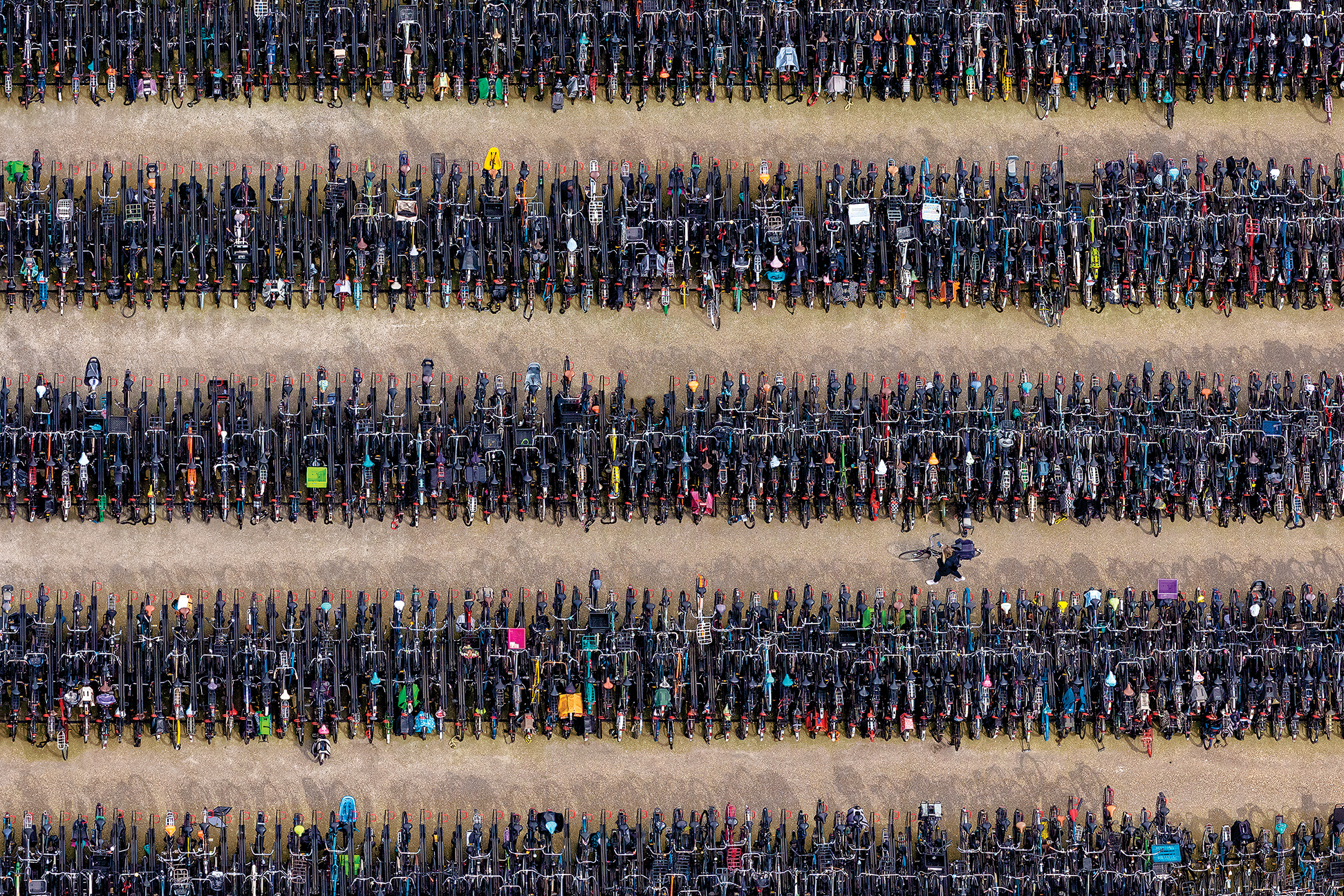
Before we took off, you gave me the tip to select a fast shutter speed. Can you explain why this is crucial?
Besides the question of basic image file capacity (the larger, the better for enlargements), there are many challenges to taking successful images from a helicopter so they can be blown up to large sizes with perfect clarity. The weather, including the wind, rain, sun and fog, can all interfere with your shoot. Decisions about the right angle relative to the light, the best altitude and the location of the target image are all critical. Keeping the camera steady in a vibrating door-less helicopter with the wind blasting in is one of the most important tasks. When lighting conditions allow, I mitigate concerns about vibration by shooting at high shutter speeds (usually at 1/1600sec) in burst mode, which increases the chances of capturing at least a few perfect frames I can blow up to large sizes. I almost always shoot in full manual as I like to have complete decision-making capability over what my settings are. It’s a constant balancing act, but overcoming these challenges makes the successful shots even more rewarding.
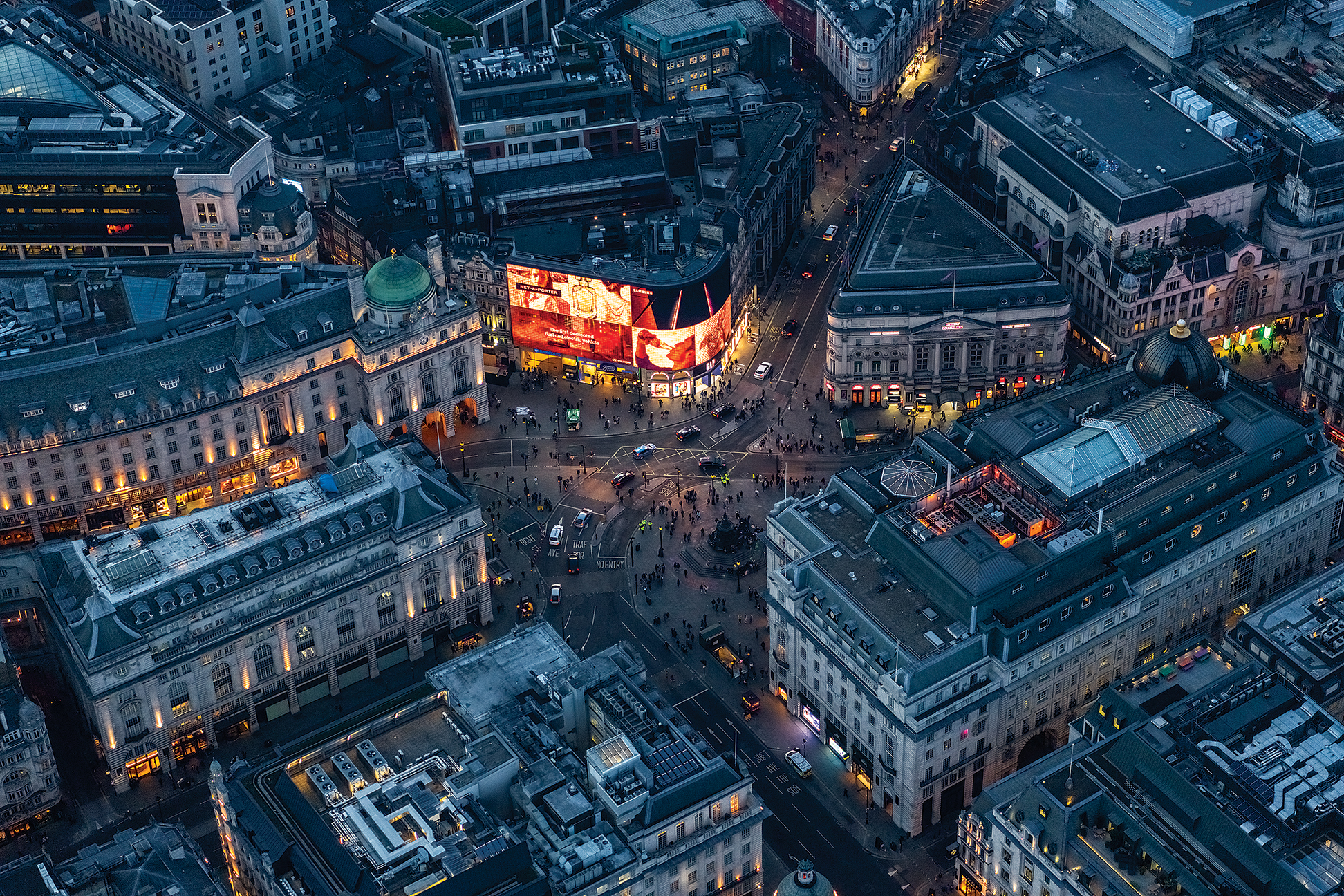
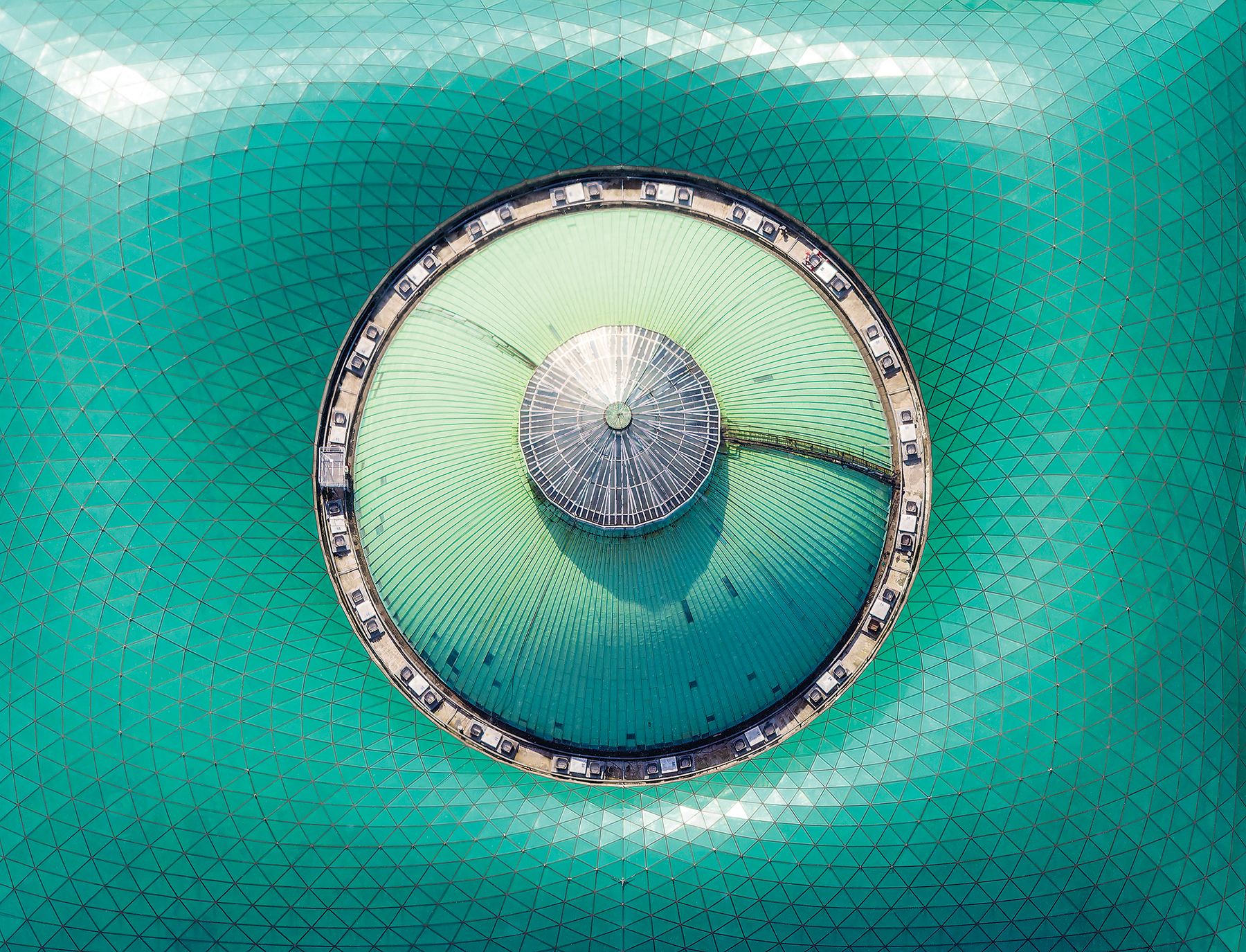
You mentioned that London is one of your favourite cities to capture. Of all the places you have flown over, what makes it stand out for you?
London is one of my favourite cities on many levels. It has an eclectic blend of historical and modern architecture and the juxtaposition of urban and natural is a visual feast from any perspective. When seen from above, it reveals an entirely new world of symmetry, patterns, textures and colours.
During our helicopter ride, I noticed you were fascinated by the dome of the British Museum. Could you explain what caught your eye about it in particular?
A particularly memorable moment on my previous trip to London was a surprise when flying over the British Museum. As the sun illuminated the spectacular teal-green glass of the dome, the interplay of light and structure was breathtaking, making for an unforgettable shot and a special image that I called ‘The Crown Jewel’. Again, the timing was serendipitous – with any other type of weather that day, a lack of sunshine or a different angle of the sun, I wouldn’t have had the opportunity to appreciate the beauty of that image.
You exhibit on a grand scale, showcasing prints that measure about 2x3m. What inspires this choice?
I realise that not everyone has the opportunity or inclination to fly in a helicopter, particularly one without a door. To share my aerial perspective with viewers, I produce my limited-edition art in sizes ranging from 2ft x 3ft (0.6 x 1m) to as large as 12ft x 18ft (3.7 x 5.5m). The art is mounted under clear acrylic without traditional framing that would otherwise encapsulate the image, enabling the viewer to visually step into the image and experience the thrill and beauty of the world below, while keeping both feet planted firmly on the ground.
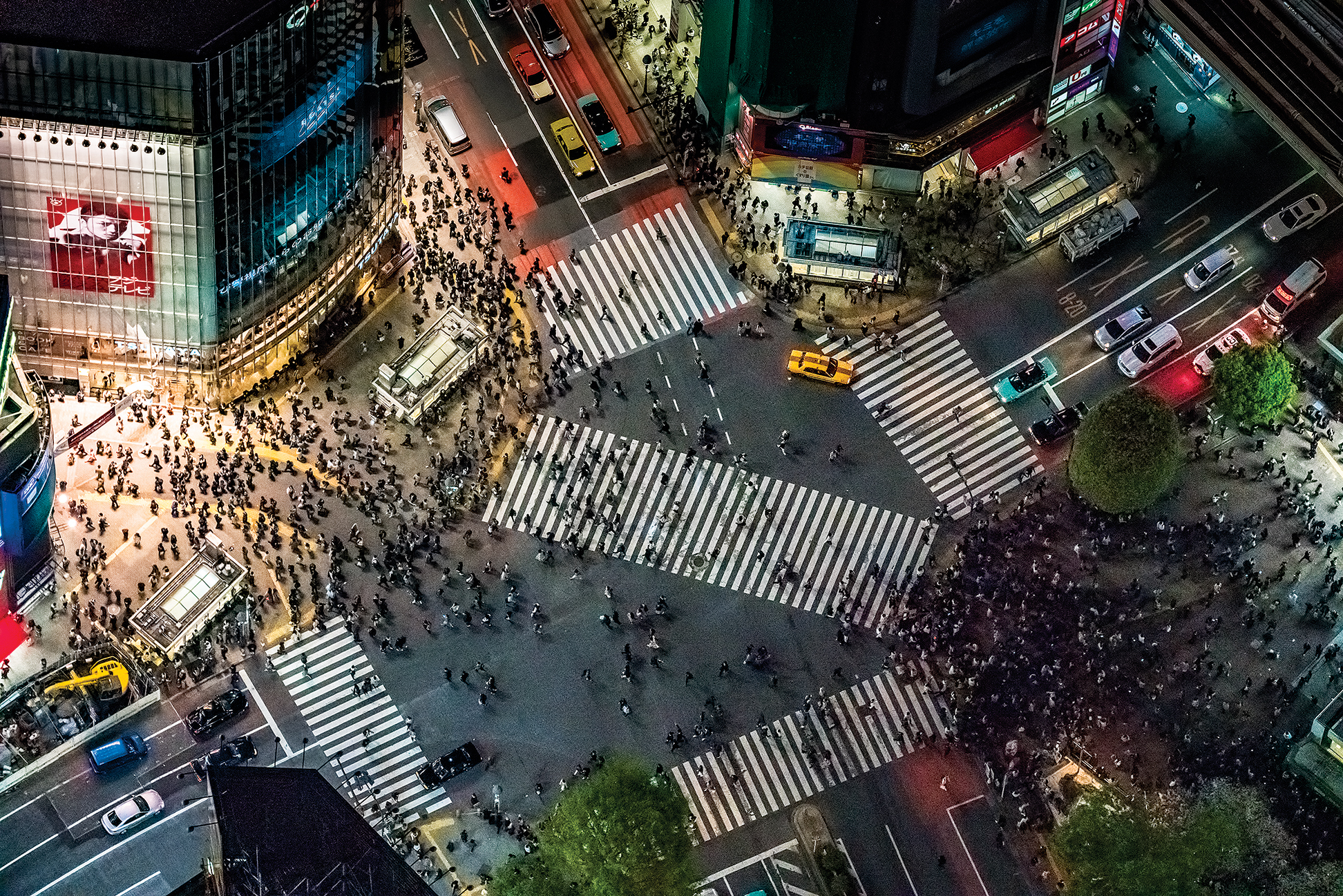
How do your visual artistic compositions come together?
I’ve been inspired by the works of some of the greatest abstract artists, such as Piet Mondrian, Paul Klee, Mark Rothko and Anni Albers. I think it’s inherent in human nature that symmetry in patterns, textures, colours and flow can evoke different emotions in the viewer. Images that incorporate horizontal lines or rows tend to illicit in me a natural sense of order and calm. Much of the artwork in my Points of View and Flight Patterns collections reflects that symmetry; my art always seeks a sense of balance.
Several years ago, the Tate Modern put on an exhibition honouring the works of Anni Albers, an exceptional artist from the previous century who was part of the Bauhaus school and became one of the greatest abstract artists in weaving and textiles. Albers said, ‘You know how great art can affect you because you breathe differently’. I’ve adopted that as a guiding light for my work. When I’m up there in the helicopter, looking out on the world below and something makes me catch my breath or even forget to breathe, then that’s an image I want to share.
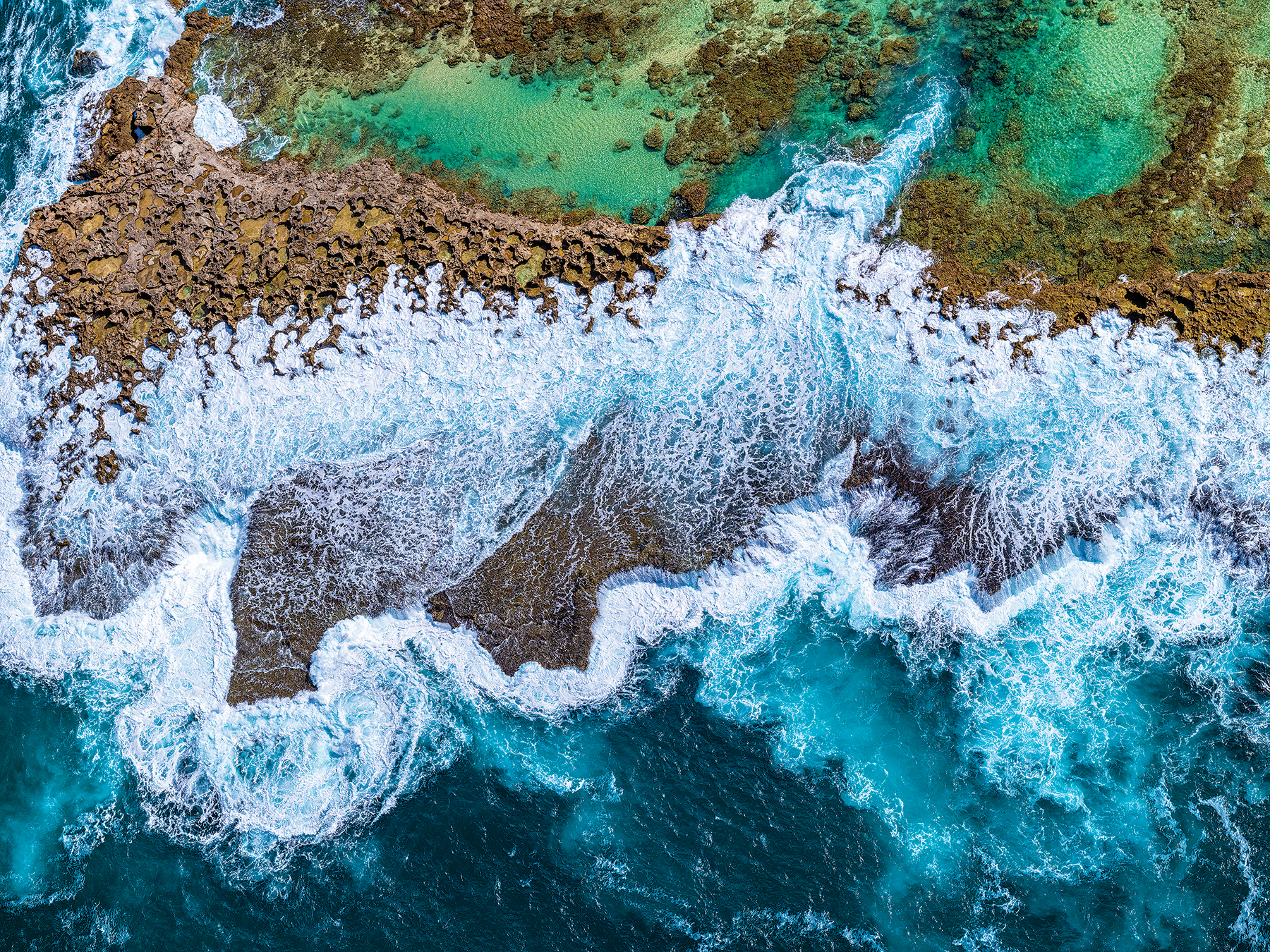
What is next for you and your work?
In January 2025, I’m doing another solo show for one of my galleries in the USA, Axiom Contemporary in Phoenix. That show will be devoted to large-scale, colourful abstract shipping container art taken over various ports worldwide. It’s an exciting project that’s already provided some surprising new approaches to my art. At 75 years old, I feel fortunate to have found a passion that reignites my sense of purpose and allows me to share the unique perspective of our world from above.
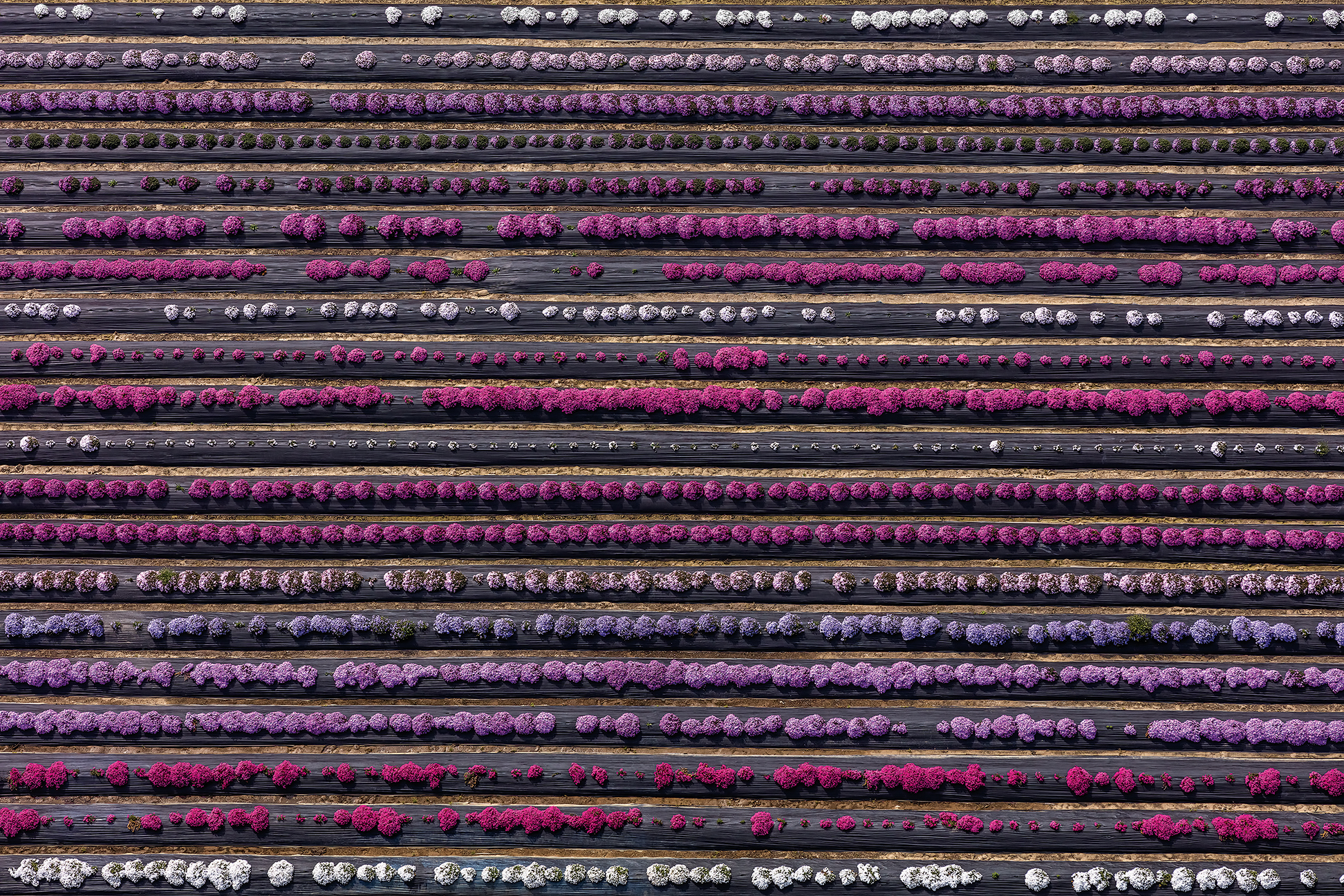
Donn's cameras

“My current choice focuses on the Fujifilm GFX 100 and Nikon D850 with prime and zoom lenses to adjust for altitude and image frame capture. I love both these bodies and use them extensively – the GFX’s huge file size (102MP) and the D850’s ability for low-light shooting make them a perfect combination.”
If you don't have a helicopter for your aerial photography, use one of the best camera drones instead!







